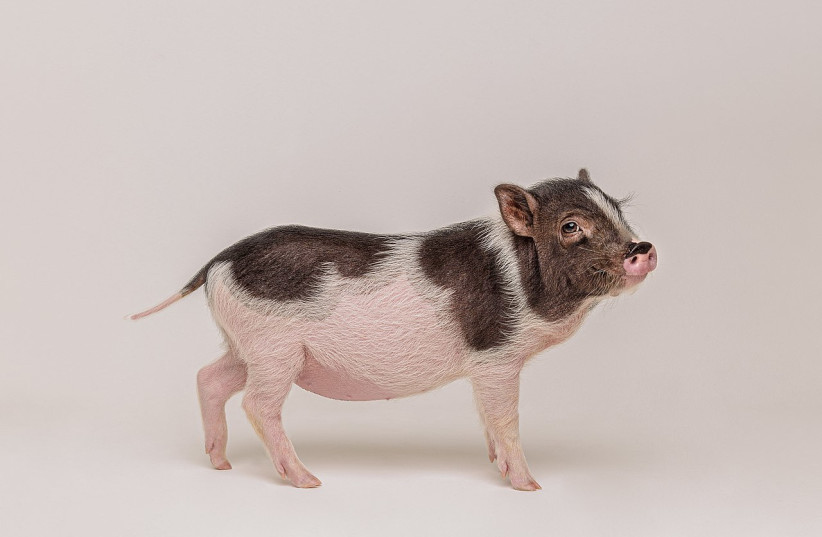Genital injuries can be incredibly painful and difficult to fix for men, but scientists may have figured out a way to do so, including making sure it can still maintain erections and function normally, according to a new study.
The findings of this study were published in the peer-reviewed academic journal Matter.
The study itself was led by researchers from the South China University of Technology and could have implications on repairing injuries in other organs.
A hard subject: How can you fix an injured penis?
What is important to note about an injured penis is the role of a certain part of the anatomy known as a tunica albuginea (TA), specifically that of the penis – not to be confused with the anatomical area of the same name that exists in other parts of the body, such as the testicles.
This term specifically refers to a two-layered fibrous sheathe that covers the length of the penis, consisting mostly of collagen fibers and around 5% elastin.

The tunica albuginea is absolutely essential to procreation in mammals and it is impossible for humans to have natural, unassisted procreative sex without it. This is because it plays a key role in maintaining an erection.
For the non-erect penis, the tunica albuginea's fibers are curled, which lets the penis bend and twist. But for an erection, the fibers in the TA become straight, which in turn keeps the penis in its shape and staying erect.
But the TA can become damaged. There are numerous ways this can happen, whether it be by getting injured, the process of aging or through conditions such as Peyronie's disease. Either way, it can be a big problem, which results in surgery.
This has side effects, however, such as making one's penis shorter. But overall, the biggest problem seems to be that it won't restore erectile function to the injured penis.
But the researchers behind this study have proposed a new kind of artificial tunica albuginea (ATA) that can help maintain a penis's ability to become erect and stay that way.
Ultimately, this led to the development of a bionic ATA thanks to synthetic biomaterials.
The big challenge of making an ATA is to replicate the functionality of the curled fibers of the tunica albuginea. To do this, the researchers utilized a sodium trimeta-phosphate (STMP)-cross-linked polyvinyl alcohol (PVA) hydrogel to meet these challenges.
Hydrogels have many big advantages. They can be synthesized from different raw materials and they can be further refined to mimic certain specific properties. This includes the double-layer structure of a penis's natural tunica albuginea.
The researchers created a bionic ATA through two anisotropic PVA hydrogels linked through STMP cross-linking in order to replicate the properties of a natural penis's tunica albuginea.
The researchers applied the bionic ATA on a model of a pig whose penis had a tunica albuginea injury. This test was successful, with the ATA being sutured into the injured area seemingly restoring full functionality right away.
The speed at which the penis's ability to get erect so soon after the ATA was sutured in came as a surprise to the researchers. Further tests on other pig injuries were also largely successful.
While pigs and humans admittedly have very different penises, the tunica albuginea is one area seemingly universal across mammals. As such, the positive results from this test raise the possibility that this could become a suitable treatment for humans as well.
But it goes beyond simply repairing penis injuries.
The bionic ATA was so successful because the hydrogels were so effective at mimicking the properties of the original damaged tissue. This is by no means something that is limited just to the ability to have an erection – rather, it could be applied to various other organs as well.
